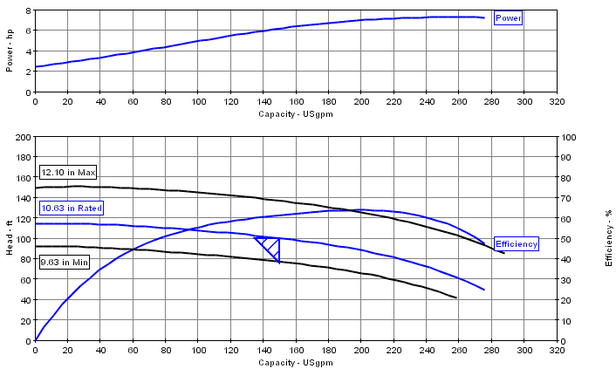Few years ago, Mr. Pandey, operations manager at a chemical plant, called me, “This new gear pump I bought from you a week back is no good.”
I probed, “Pandeyji, why do you think this pump is not good?”
After few minutes of venting off, he finally came to the real concern- pump specification called for 5 bar, and it was delivering only 3 bar. He confirmed the pump was transferring liquid as desired. Further investigation suggested nothing else was wrong with the pump except it was not developing 5 bar pressure. Lo and behold! I knew what was happening. I asked, “Pandeyji, Do you have throttling valve on the discharge side of the pump?”
He proudly confirmed, “Yes, we have installed the best valve in the industry.”
I asked him to close the valve a little bit. He sounded happier when reporting the outcome from this exercise, “The guage reading is going up, it is showing 3.5 bar now.”
As you can expect I advised him to throttle the valve even more, and he got very excited now, “Your pump is very good, it is developing 6 bar now.”
I too was happy to have a satisfied customer. I explained him what was happening. Of course, I told him to open the valve completely at the end of conversation.
So what do you think was happening?
Unlike centrifugal pumps, which are pressure generating machines, Positive Displacement Rotary pumps are flow generating machine. So with every revolution of the shaft, a PD pump will discharge fixed amount of liquid. The pressure it develops depends on the system parameters- if the discharge line requires 5 bar, pump will discharge liquid at 5 bar, and so on and so forth. Of course, as the pressure increases, the pump requires more torque, more power; but as far as flow is concerned- it stays constant.
To be technically correct, there is a second order dependency of flow delivered by a PD pump against variable pressure- that is due to slip. Slip is reverse flow of liquid from discharge to suction through internal clearances. So higher the differential pressure, greater is the slip. But slip also depends on the viscosity and internal clearances in the pumps. If the viscosity is high (>750 cps), increased discharge pressure will have negligible increase in slip.
Refer the curves below to see the performance curves of centrifugal pump vs. PD pump:
PD Rotary Gear Pump (2”x2”) at 319 RPM

End Suction Centrifugal (2”x2½”x12”) at 1750 RPM




